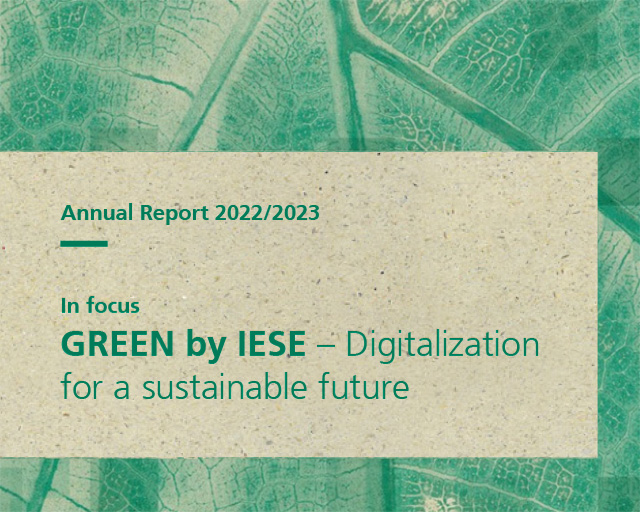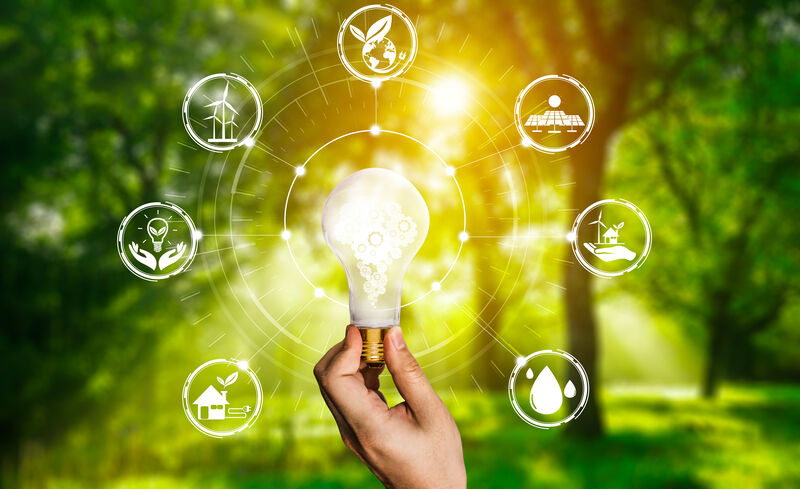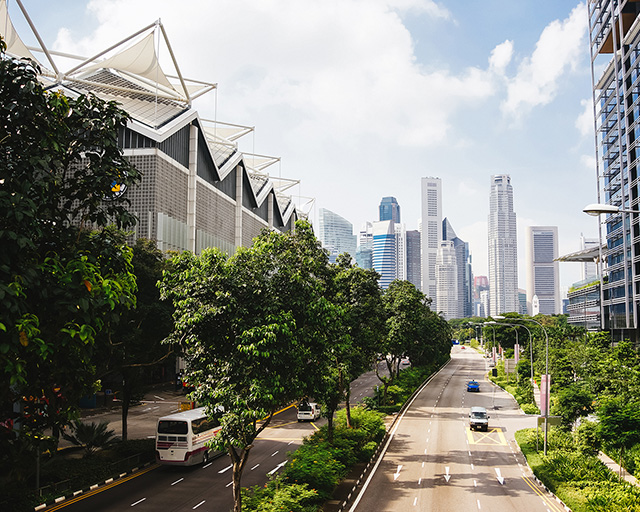What is sustainability?

Sustainability or sustainable development means satisfying the needs of the present in such a way as not to restrict the opportunities of future generations. In this regard, it is important to consider the three dimensions of sustainability – economically efficient, socially just, ecologically viable – on equal terms.
We attach great importance to taking these three dimensions of sustainability into account in our research and in our applications.
For us, sustainable development means considering environmental aspects on the same level as social and economic aspects, because it should be the goal of society as a whole to deal with global resources in an environmentally friendly and responsible manner.


